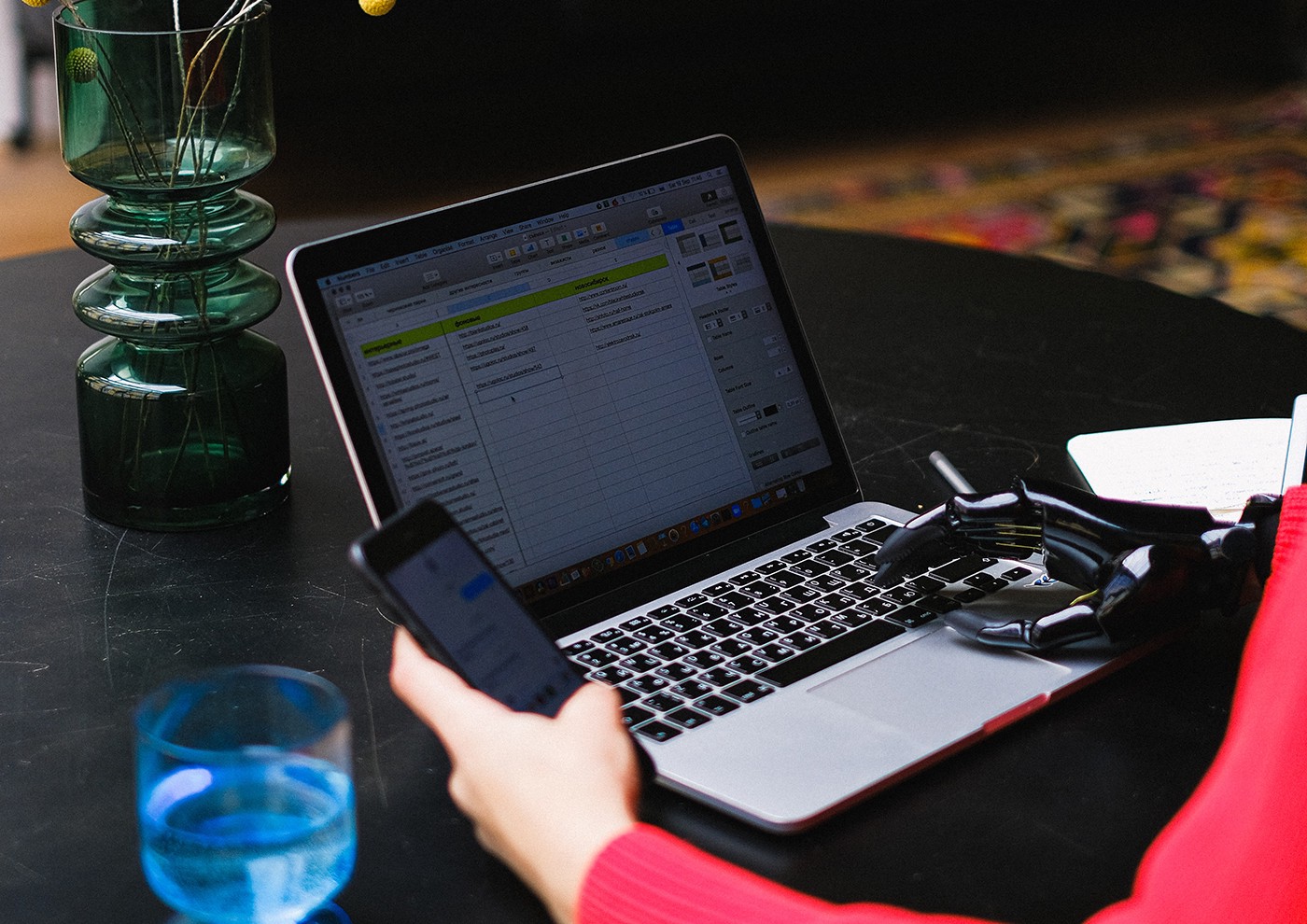
When We Stop Treating Online Accessibility as an Afterthought, We’ll All Benefit
When we talk about accessibility with our clients, we use a parable of sorts. It’s the story of a New York City public library that opened in Queens in 2019, a $41.5 million building that was initially hailed as an architectural triumph. But within days of its soft opening, critics were singing a different tune. Angry social media posts started calling out what had somehow slipped through the cracks of the planning process: the building was incredibly inaccessible. Tiered book stacks accessible only by stairs were beautiful — but a nightmare for anyone with fatigue issues or using assistive devices to walk. The children’s storytime space was on the second floor, so lines of strollers created traffic jams waiting for the elevator, only to find no space to park the strollers when they finally reached their destination.
Simply put: The most beautiful, high-minded, breathtaking public building is a failure if it can’t truly accommodate the public. And the same is true for websites. All the digital bells and whistles in the world can’t make up for a failure to fulfill this foundational requirement.
Too often, we think about accessibility as a box to check for a special interest group: Make your site accessible so you don’t get sued or called out on social media. But in fact, supporting accessibility is not a niche requirement. It’s a powerful responsibility with the potential to create a better experience for all users.
That’s because disability itself is not a black-and-white issue, even though our society tends to use it as a label that gets applied to a specific segment of the population. In truth, ability or disability are concepts along a continuum, and throughout our lives, our level of ability or disability moves back and forth between the two ends of this spectrum. There’s our traditional notion of permanent disability, or course, which affects over 60 million Americans — roughly one in four adults. It should go without saying that this population deserves equal access. But there are also temporary and situational disabilities that phase in and out of all our lives. If you’ve ever broken your arm, or tried to pay a bill while juggling a newborn, or struggled to hear a phone call in a noisy stadium, then you’ve had to overcome a temporary or situational change in your usual level of ability. Accessibility is for everyone.
The digital landscape remains subject to scattershot regulations and enforcement when it comes to accessibility. But while lawyers and politicians continue to wrangle over if and how the Americans with Disabilities Act and other laws should apply online, we can take action now. That’s why we developed our Accessibility Barometer. It’s a simple, human-verified check-up that helps our clients understand specific, actionable steps they can take to make their sites more accessible. It translates a topic that is too often seen as technical or nit-picky into human terms and concrete options. It’s free to any interested public organizations, because we want to change the culture around accessibility, making it easier to understand and to implement.
Our recommendations generally start with simple fixes. Even relatively small investments can have a big impact, like increasing color contrast, adding universal alternative text for images, or using text headers and subheaders in the correct order. But for those who want to really shake things up, we can point to larger investments. We look at service delivery innovations like structuring content to be available through voice agents or creating text-message chatbots to handle common questions or interactions. These tools could revolutionize the convenience and ease-of-use of public services for every American.
For example, we’ve been working with partners in Washington, D.C. to create a chatbot powered by artificial intelligence that can log consumer complaints via website chat, text, or phone. Creating these multiple modes for interaction helps ensure that all citizens have access to public services regardless of their bandwidth or tech savvy.
Right now, with the pandemic rewriting our expectations for government interactions, it’s the perfect time to stop thinking about accessibility as a compliance issue or a fringe benefit. We always encourage our clients to put a human face on accessibility. Think of the people — or even one specific person — you can help. It’s a weighty responsibility but also brimming with hope and possibilities. We owe it to our neighbors, our communities, and ourselves to do better. And the good news is, we can start right now.
How do you create digital experiences that don’t discriminate? There’s a lot we need to do to make sure we’re creating a level digital playing field for all citizens when it comes to public services and government information. Check out our list of ten big ideas for improving equity of access online.